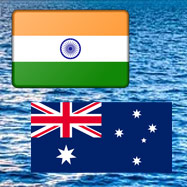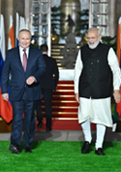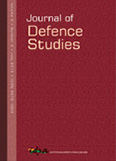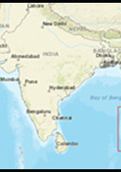Australia’s Strategic Imperatives in Indo-Pacific: Opportunities for India
The Indo-Pacific construct has significantly enhanced the strategic salience of both India and Australia in a multipolar region. While the two nations have considerably deepened their strategic partnership, there is scope for much more improvement in several sectors.
- R.P. Singh
- February 23, 2022









